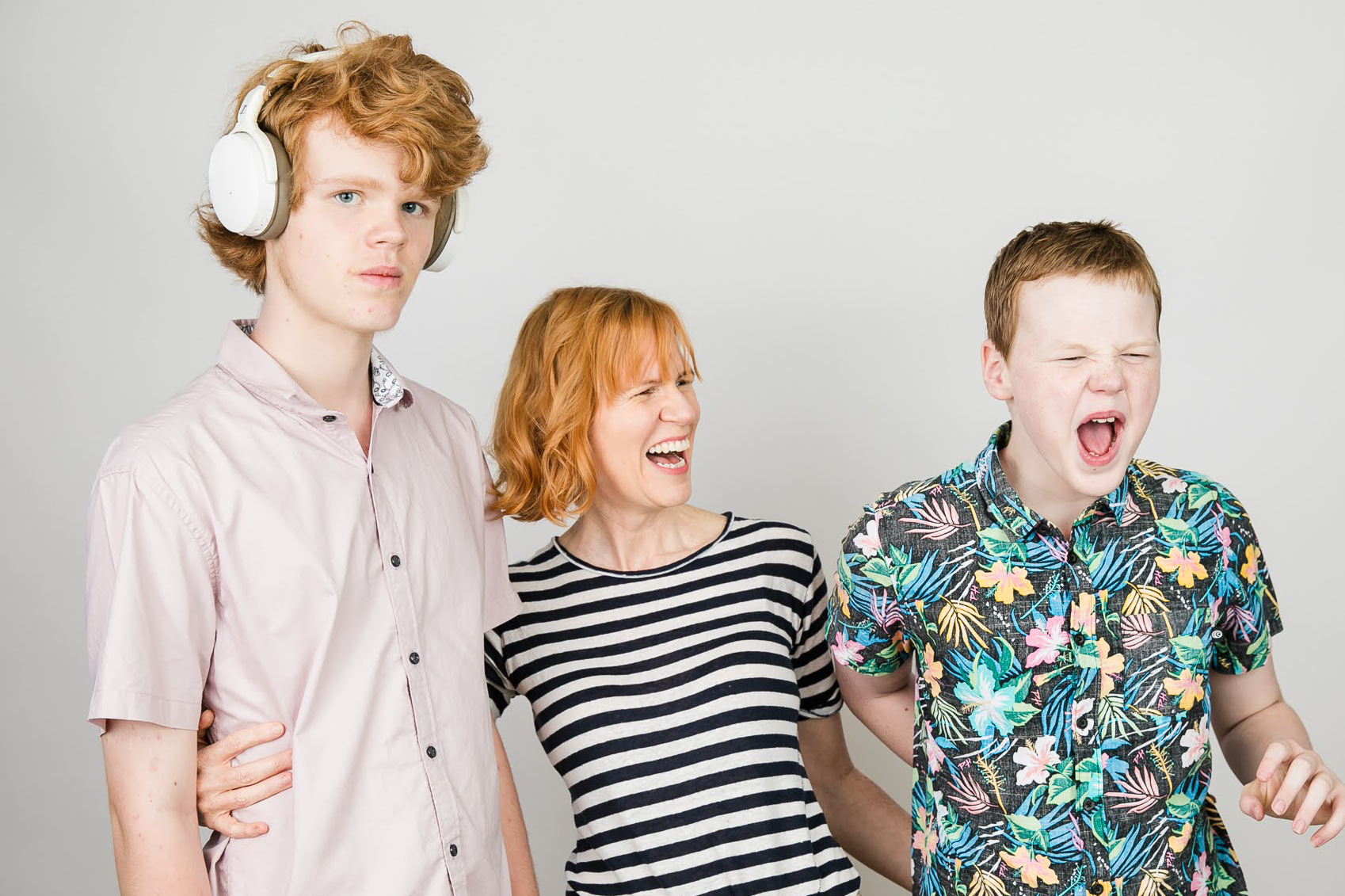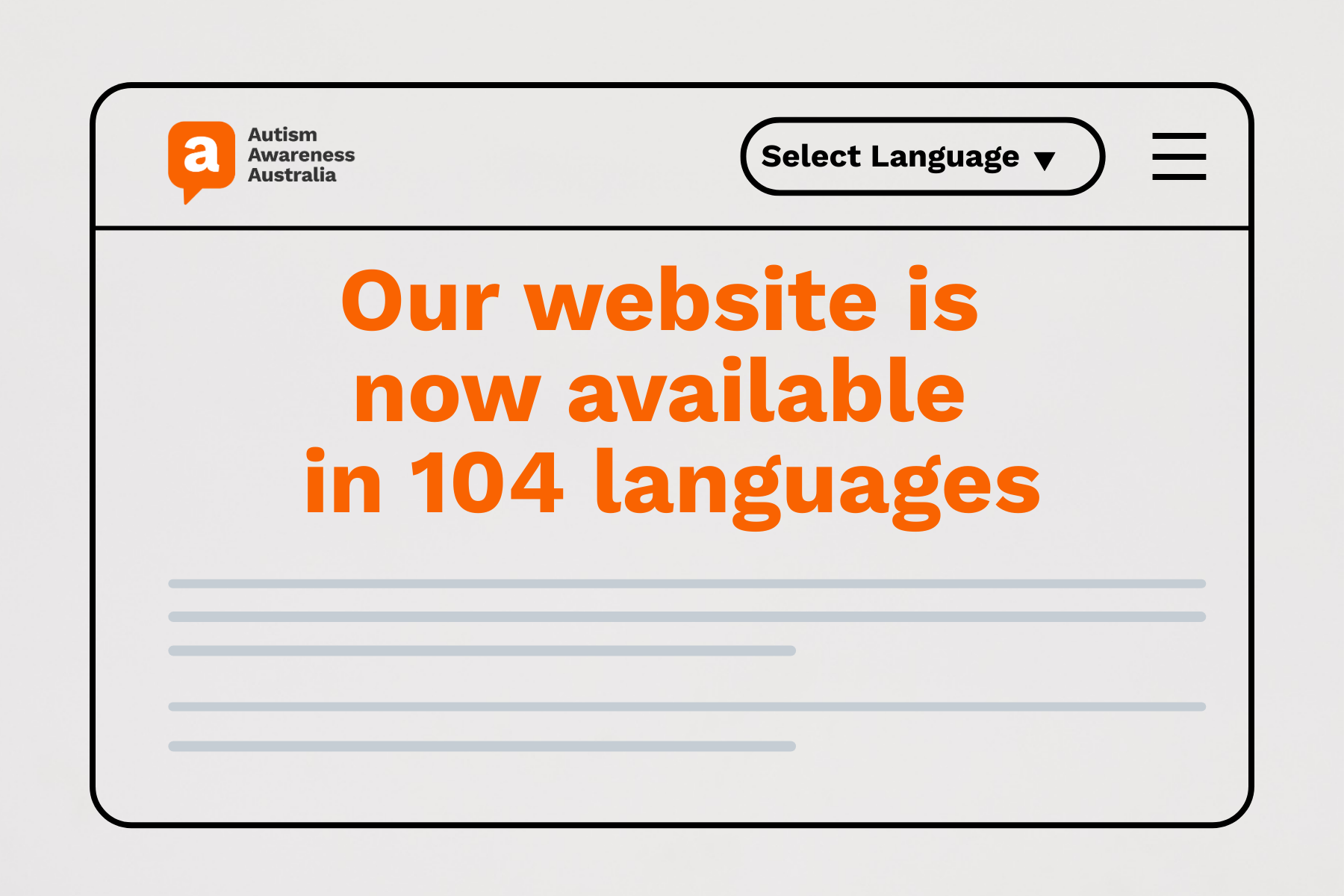How to turn parental fear into a safeguard: building safe, independent lives for autistic young people

by Libby Ellis
Thinking and planning for the day your child moves out and starts their own independent life is a natural milestone for every family. It often comes with a profound mix of emotions. For parents of autistic young people, there is another layer to this, and one that is focused on the relentless question: “What will keep my person safe when I’m not there?”
This is a valid, powerful, and absolutely natural concern. When a lifetime of care, protection, and advocacy has defined our role, thinking about independent living can feel like you are inviting risk. This natural fear can stop the entire planning process before it even starts.
But what if we looked at it differently?
The goal of independent living is to create a life where our young people can thrive. In my experience working with families in similar situations through Mable Home & Living Consultants, we work together to see safeguarding as more than a ‘compliance checklist'. Instead, we see it as an active element of personal autonomy and community, and by doing so, it fundamentally changes the story.
The anxiety we feel is not a roadblock - it is valuable data. Our worry signals potential vulnerabilities that need to be addressed, and when expressed, these concerns can be actively turned into intentional safeguards, creating a positive blueprint for our children’s future.
Why independence changes the focus of the story
For people with disability, the biggest source of vulnerability often comes from social isolation and being in what are called “closed support systems”. Living in segregated settings, or on the edge of the general community, greatly increases the potential for harm and limits exposure to the natural checks that keep all of us safe.
Social inclusion and connection are one of the key pathways to a safer life.
A well-designed independent life, particularly through flexible models like Individualised Living Options (ILO), actively fights isolation by embedding the person within their community.
People are inherently safer when they are socially included, connected to their community, and have people checking in with them on a daily basis. Their personal safeguards, such as having control over their own home and strong relationships, are significantly increased. The shift from a ‘closed system’ to a self-directed, more open arrangement is the first, and most crucial, safeguard.
Independence, when done right, is actually the key to better protection.
The idea of robust safeguarding - what does it actually mean?
Robust safeguarding means taking an intentional, whole-of-life approach to protection. To understand this, we first need to define the terms at play.
Vulnerability and risk
Risk is present for everyone in the community. Vulnerability - the capacity to be hurt or wounded - however, is often heightened for people with disability. This is not just because of their diagnosis, but because of life circumstances like isolation, poverty, or a lack of control over their life.
Safeguarding, therefore, is the practice of mitigating the risks associated with this experience, including the potential for harm.
Intentional safeguarding
This is a deliberate, proactive strategy that focuses on two equally important goals:
- Protecting a person from harm
- Actively protecting their right to a full and enriching life.
It requires a living, proactive system that is flexible and adapts to the inevitable changes that happen in life.
Here are four essential pillars of this intentional system. These layers work together to protect the young person from harm while simultaneously fostering their independence and connection to the community.
1. Relationships - the ultimate shield
The most effective safeguard for anyone in life is a network of strong and committed relationships. The more people who care about our child, the safer they are. Family, friends, Circles of Support, and something called a Microboard, all enhance safety by ensuring multiple, invested eyes are focused on our children’s life, making the system transparent and open.
2. A supportive team
Supportive specialists in our team like Occupational Therapists (OTs) or Positive Behaviour Support (PBS) practitioners, can help turn complex needs into concrete, practical plans. Their work can be a core safeguard if they help design a life that fits the person and helps to make their support effective.
They can help us understand the dynamics around a person, their cues of distress, and the conditions that need to be present in their life to ensure they can successfully participate in their home and community life. This could include the design features of the home.
A trusted independent support worker can also be a valuable addition to your team. The key to a successful support relationship goes beyond someone who can “just get the job done”. It's about finding someone who is the right fit for your child to act as another supportive layer.
This is someone who is a personality match for your child and family. Someone who understands your child, their needs, and their goals. Key in-home tasks, such as cleaning or cooking, are definitely things a support worker can help with to ease the transition to living independently. However, there is another important part that is often overlooked - tapping into a trusted support person to help your child build important skills to grow their independence and achieve their goals.
Future proofing through Succession Planning
Intentional planning also anticipates change. This involves building and maintaining a network so that if you, as a primary supporter, are no longer able to fulfil your role, there are others who can step in.
This process is called Succession Planning, and it is crucial for securing the long-term sustainability of the good life you are building now. It is about actively transferring the deep knowledge you hold about your child to a reliable group over time.
3. Autonomy and "Shaped By Me" support
The ability to make decisions and have control over one's life is a fundamental safeguard. When the support arrangements are truly individualised, they are shaped by the person’s preferences, needs, and choices. This means the person is less vulnerable to control or inappropriate practices.
Autonomy starts with developing a strong, clear vision that prioritises the person's voice in every element of the plan.
Integrating safeguarding right from the start
Your concerns are not something to dismiss. They are valuable insights into potential areas of risk that must be addressed from the outset.
The planning phase is where these can become a powerful tool for action.
The "What If" planning matrix
Use a simple four column grid to turn your list of worries into actionable safeguards.
.png)
Taking the next step
The journey to independent living is a process of intentional planning and preparation. It begins with acknowledging your natural fear and then transforming that fear into a blueprint for a life that is both safe and deeply fulfilling.
The best safeguards are not just a secured door. They are a strong vision, a robust support model, and a committed network of people who know our children, care about them, and will actively protect their right to a full life.
By intentionally embedding expertise and layered safeguarding into our planning now, we are championing our children’s autonomy and building a future where they can truly thrive.
With over 25 years of experience in the disability sector, Libby Ellis can guide you to independent living. Following her older brother's experience of group homes, she has devoted herself to finding better solutions.
Libby has helped hundreds of people navigate systems and funding to achieve their goals. She has a deep understanding of the challenges and the strategies to overcome them.
Libby currently leads Mable Home & Living Consultants, a consultancy service that helps NDIS participants to develop a clear idea of their ideal home, plan necessary supports needed to achieve their home, and navigate the right NDIS funding options.





